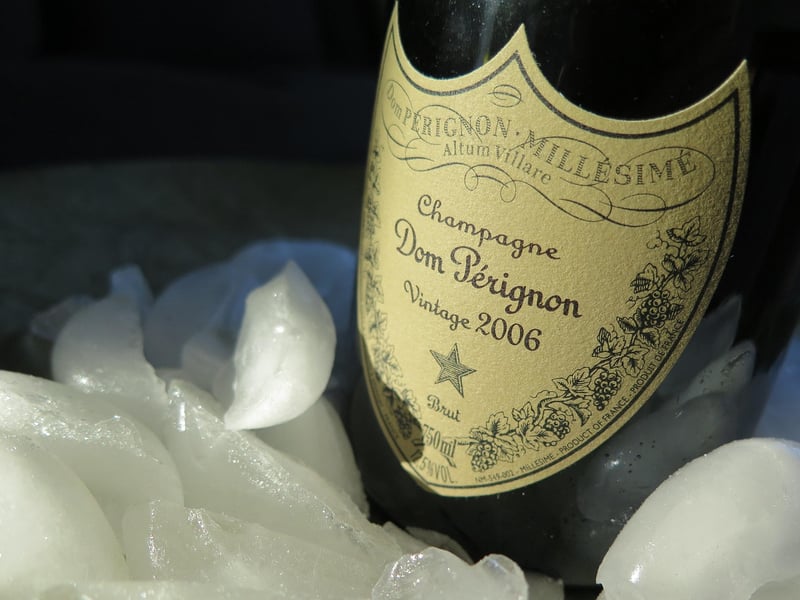Historical Etiquette
Guidelines for Time Hopping and Historical Etiquette
Time Hopping Etiquette
Time hopping, the act of moving between different time periods, can be an exciting and educational experience. Whether you are engaging in historical reenactments, attending themed events, or participating in time travel adventures, it's important to follow certain guidelines to ensure a respectful and enjoyable experience for yourself and others.
1. Respect the Time Period
Do your research on the time period you are visiting to understand the customs, clothing, language, and social norms of that era. Avoid behaviors or language that are anachronistic or disrespectful to the historical context.
2. Dress Appropriately
Wear clothing that is appropriate for the time period you are visiting. Whether it's a medieval banquet or a 1920s jazz club, dressing the part adds to the authenticity of the experience.
3. Mind Your Manners
Practice good manners and etiquette based on the customs of the time period. This includes greetings, table manners, and social interactions. Be mindful of hierarchical structures and societal norms that may differ from modern times.
Historical Etiquette
Understanding historical etiquette can provide valuable insights into the social expectations and behaviors of the past. By familiarizing yourself with the etiquette of different time periods, you can enhance your interactions in historical settings and better appreciate the cultural nuances of the era.
1. Victorian Era Etiquette
During the Victorian era, proper etiquette was highly valued and governed various aspects of social life. Observing etiquette rules related to dress codes, introductions, and correspondence was essential for navigating Victorian society with grace and poise.
2. Regency Era Etiquette
In the Regency era, characterized by elegance and refinement, etiquette played a significant role in shaping social interactions. Understanding the etiquette of courtship, balls, and formal gatherings can provide a glimpse into the sophisticated world of Jane Austen's novels.
3. Roaring Twenties Etiquette
The Roaring Twenties marked a period of liberation and change, reflected in the evolving etiquette of the time. From flapper fashion to jazz-age slang, embracing the social codes of the 1920s can transport you to the era of speakeasies and prohibition.
By following these guidelines for time hopping and historical etiquette, you can immerse yourself more fully in different time periods and cultures, enriching your historical experiences and interactions.

For more information on historical etiquette and time hopping adventures, visit History Extra.
